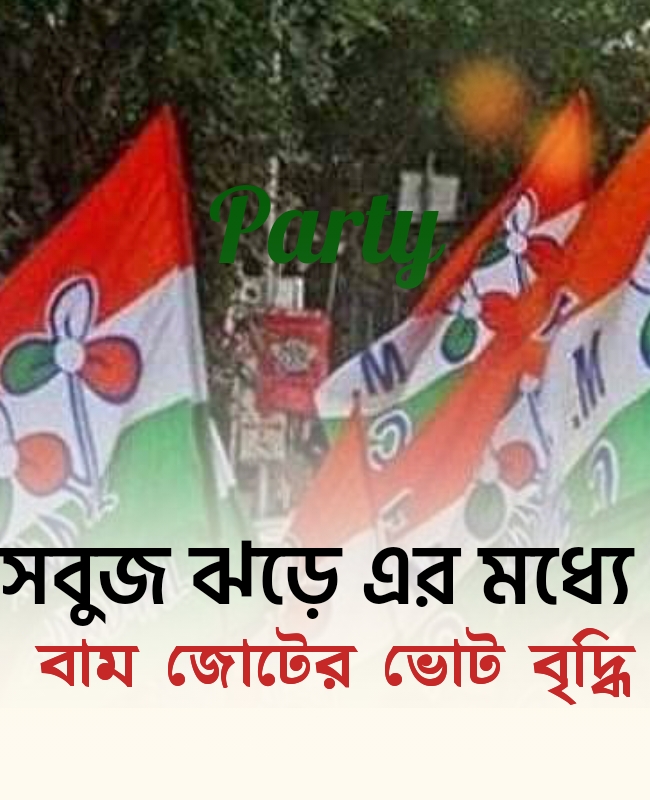Makar Bihu Pongal in India: What to Expect this Year

Image Source: FreeImages
Bihu Pongal in India is a harvest festival that celebrates the coming of spring with family and friends. It’s also often referred to as Makar Sankranti or the Festival of the White Harvest as it falls on the first day of the first month of the Hindu lunar calendar, Sankranti. The word makar means ‘white’ and Sankranti means ‘first of harvest’. The festival usually occurs between January and March and marks the end of the winter season. It is celebrated mainly in West Bengal, Odisha, Sikkim, Madhya Pradesh, Chhattisgarh and Bihar. In addition to these states, some parts of Jharkhand also celebrate this festival. Bihu Pongal is an agricultural festival that celebrates new beginnings in nature: spring has arrived and now it’s time for planting seeds, sowing seeds and harvesting crops from Mother Earth. Read on for details about what you can expect from Bihu Pongal this year in your neck of the woods...
What is Bihu Pongal?
The highly popular festival Bihu is a colourful harvest festival celebrated by the people of the Indian states of West Bengal, Sikkim, Odisha, Jharkhand, Bihar, Chhattisgarh and Orissa. It is also celebrated by the people of the states of Andhra Pradesh and Telangana, but with a different name, called Sankranti. During the celebration of Bihu, people enjoy colourful festivities, exchange special greetings, gifts and food and exchange their New Year wishes. In West Bengal, people celebrate this festival with special gusto and remember their rich cultural past. The word Bihu means ‘five’ and Pongal means ‘harvest’. So, Bihu Pongal is the harvest festival. This festival is also known as Makar Sankranti or the Festival of the White Harvest. The word ‘makar’ means ‘white’ and ‘Sankranti’ means ‘first of harvest’. It is one of the biggest festivals in the Indian calendar and is celebrated for five days in December and five days in January.
History of Bihu Pongal
While the exact origins of this Vedic harvest festival are not known, it is believed to have been celebrated as early as 9th century AD. The story goes that Sankaradeva, a king, had a dream in which he saw a woman carrying a vessel of milk. The woman was searching for someone to drink the milk, but nobody was able to drink it. Then, a demon came and tried to stop the woman from pouring the milk, but she continued to search and finally, the demon drank the milk, which made him white. Since then, the woman in the dream became a goddess named Bhudevi and the white demon became a god named Karttikeya.
Celebrations around Bihu Pongal
The five-day Bihu festival is marked by celebrations, merrymaking and exchanges of special greetings, gifts and food between family and friends. During this time, people also perform rituals for New Year’s greetings. Bihu is a harvest festival, so the first day of the festival is celebrated as Gudi Padwa, the second day as Hemant, the third day as Rama Krishna and the fourth day as Sankranti. The fifth day of this festival is known as Bhai Dooj, when people remember their elders and community members. Some of the popular Bihu traditions and events in West Bengal include the following. Bihu Mela – Bihu Mela is a colourful festival that is held at different locations around West Bengal. People gather at these places to enjoy cultural events, music and dance. Bihu Chowrasta – Bihu Chowrasta is a star-studded musical event that is held at Kolkata’s Kalaktanga Park. Hundreds of people gather at this venue to enjoy the musical performances. Bihu Nadimuktas – A popular Bihu tradition in West Bengal, this event is organised at the Nadimukta (a place where the river Ganges meets the sea) at Salt Lake.
How to celebrate Bihu Pongal in India?
To celebrate this festival in the true spirit of India, you should stock up on ready-to-eat meals, condiments, snacks and sweets. You can store these items in airtight containers to save them from spoiling. In addition to this, buy some fresh vegetables and fruits to make delicious vegetarian dishes. You can also make use of the following Bengali recipes to make your Bihu celebration more special. Bengali Pulao - This is a rich and tasty Bengali recipe for pulao, a typical rice dish. Bengali Chutney - Chutney is a typical Indian condiment made from seasonal vegetables and spices. Bengali Upma - This is a healthy and filling elevated version of the traditional upma (a mix of Bengal gram flour, spices and vegetables). Bengali Kheer - This is an ideal dessert for the festive occasion. It is quick, easy and delicious.
Takeaway – Save money with a vegan Bihu Parathas and takeout to celebrate
A traditional part of the Bihu celebration in India is the making of parathas. You can make these at home, but you can also save money if you order them online. They are the perfect snack for this festival, and they are also very nutritious. Another great thing to do while celebrating the Bihu festival is to make a wish, exchange gifts with your loved ones and enjoy the festivities with your family and friends.









